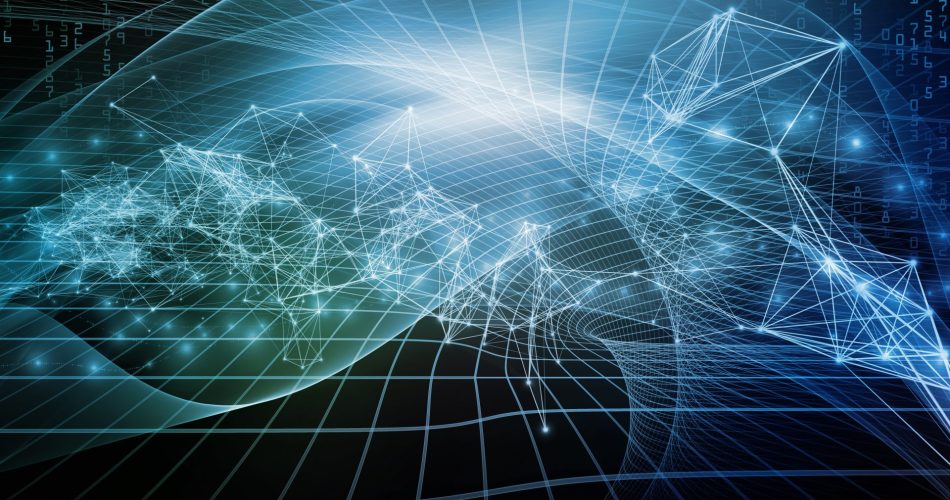An innovative approach to revolutionize seismic data analysis
Introduction
In the oil and gas exploration industry, seismic data interpretation plays a crucial role in the discovery of new reserves and the assessment of geological structures. It involves the analysis of seismic waves recorded by geophones, which are highly sensitive instruments used to detect vibrations in the Earth’s subsurface. In recent years, the integration of Chat GPT, a powerful AI language model, with geophones has emerged as a game-changer, offering new opportunities for enhancing seismic data interpretation.
Geophones and Seismic Data Acquisition
Geophones are devices designed to sense ground motion and capture seismic waves. These instruments are strategically placed in the field, allowing geologists and geophysicists to gather invaluable data about the subsurface. However, the interpretation of seismic data can be challenging due to the complexity and vast amounts of information involved. Accurate interpretation is essential for making informed decisions in exploration projects, as it directly impacts drilling strategies and resource estimation.
Introducing Chat GPT for Seismic Data Analysis
Chat GPT, an advanced natural language processing model, has the potential to revolutionize seismic data interpretation. Its language processing capabilities enable it to comprehend and analyze vast volumes of geological data rapidly. By integrating Chat GPT with geophones, experts can leverage its power to interpret complex geological structures with greater accuracy and efficiency.
Case Studies: Chat GPT and Geophones in Action
Real-life examples demonstrate the successful integration of Chat GPT with geophones for seismic data interpretation. By assisting geoscientists in analyzing seismic data, Chat GPT has proven to enhance efficiency and accuracy in understanding subsurface formations. This integration has also proved to be cost-effective and time-saving, as it reduces the need for manual analysis and repetitive tasks.
Future Implications and Challenges
The potential future applications of Chat GPT and geophones in the industry are vast. It opens doors to improved exploration techniques, increased discovery rates, and optimized resource management. However, concerns about data security and privacy need to be addressed to ensure the responsible use of AI-generated information. Despite these challenges, the transformative potential of Chat GPT in seismic data interpretation cannot be overlooked.
FAQs About Chat GPT and Geophones
- Q: What is Chat GPT?
A: Chat GPT is an AI language model developed by OpenAI, capable of generating human-like text responses based on given prompts. It has been trained on a wide range of internet text sources to provide accurate and coherent responses.
- Q: What are geophones?
A: Geophones are instruments used in seismic data acquisition. They convert ground motion into electrical signals, which are then recorded and analyzed to reveal subsurface geological structures.
- Q: How can Chat GPT assist in seismic data interpretation?
A: Chat GPT can aid geoscientists in analyzing large amounts of seismic data rapidly, enabling them to identify patterns and understand geological formations. It provides valuable insights and enhances decision-making in exploration projects.
Conclusion
The integration of Chat GPT with geophones has the potential to revolutionize seismic data interpretation in the oil and gas exploration industry. By leveraging the language processing capabilities of Chat GPT, industry professionals can enhance their understanding of complex geological structures, improve efficiency, and make more informed decisions. While future implications and challenges lie ahead, Chat GPT demonstrates promising results in advancing the field of seismic data analysis.
